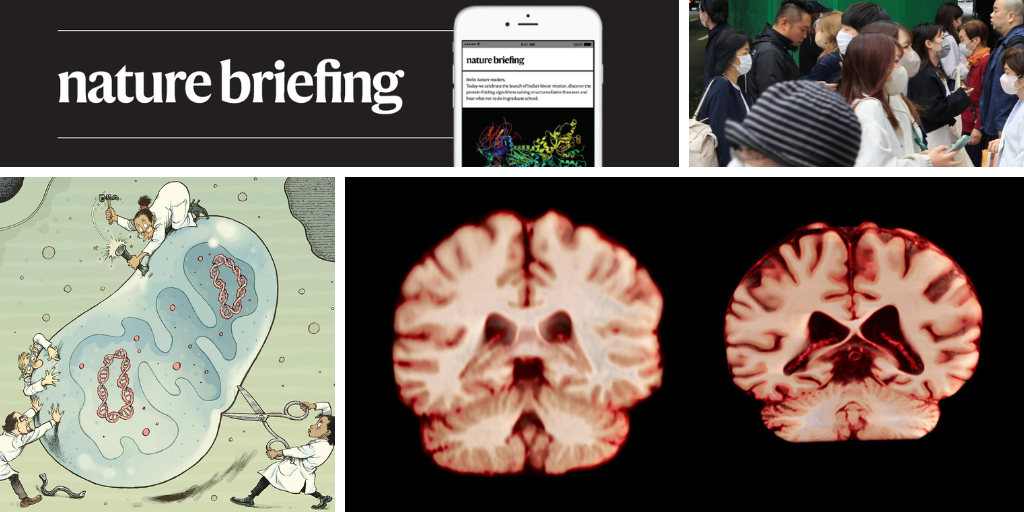
"Men's brains shrink more as they age than women's brains do, which could scupper the theory that age-related brain changes explain why women are more frequently diagnosed with Alzheimer's disease than men. Using more than 12,500 brain scans from 4,726 people, researchers found that men experienced a greater reduction in volume across more regions of the brain over time than women did."
"Japan's health authorities have declared an influenza epidemic, with thousands of people infected and more than 100 schools closed. The early spike in flu cases could seed outbreaks in other countries that are heading into winter, say researchers. But it is unlikely to become a global pandemic, because countries in the Southern Hemisphere are now entering warmer seasons, when viral spread is reduced."
"Researchers engineered lab-cultured cells to readily express olfactory receptors (ORs), the proteins on nasal neurons that respond to odour molecules. The method allowed the team to identify specific ORs and match some of them with the molecules they respond to. This technique could make studying the enigmatic science of smell much easier, but the findings that odorants preferentially activate a particular OR call the idea of combinational coding - a Nobel-winning hypothesis that suggests"
Contemporary building environments may limit human exposure to beneficial microbes. Men's brains show greater age-related volume loss than women's across many regions, based on more than 12,500 scans from 4,726 people, suggesting sex differences in atrophy are unlikely to explain higher Alzheimer's diagnoses in women and that age-related atrophy alone cannot account for the disease's complexities. Japan has declared an influenza epidemic with thousands infected and over 100 schools closed; the early spike could seed outbreaks elsewhere but is unlikely to become a global pandemic as Southern Hemisphere seasons reduce viral spread. Lab-engineered cells expressing olfactory receptors enabled identification of specific OR–odorant matches, challenging combinational-coding assumptions.
Read at Nature
Unable to calculate read time
Collection
[
|
...
]